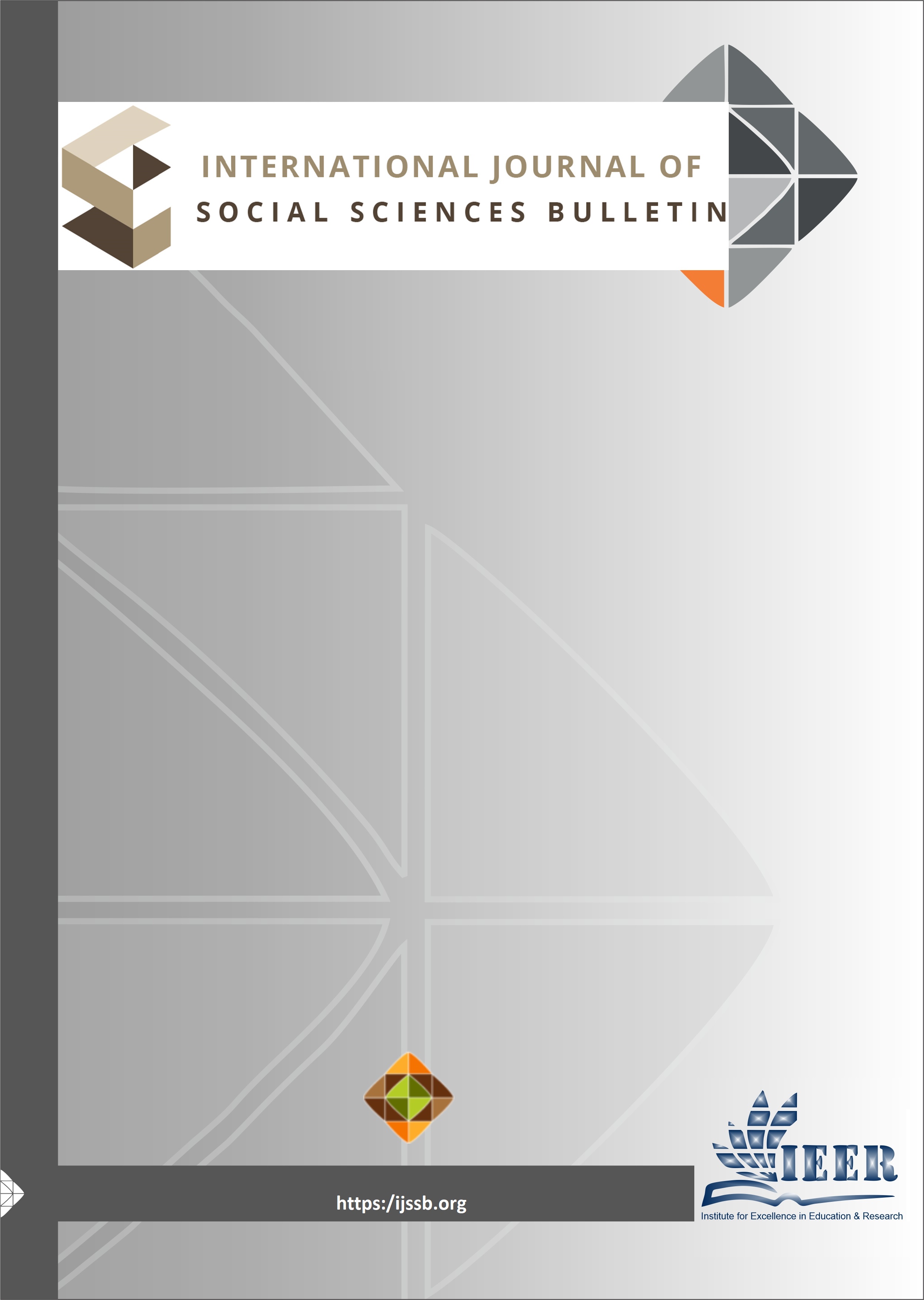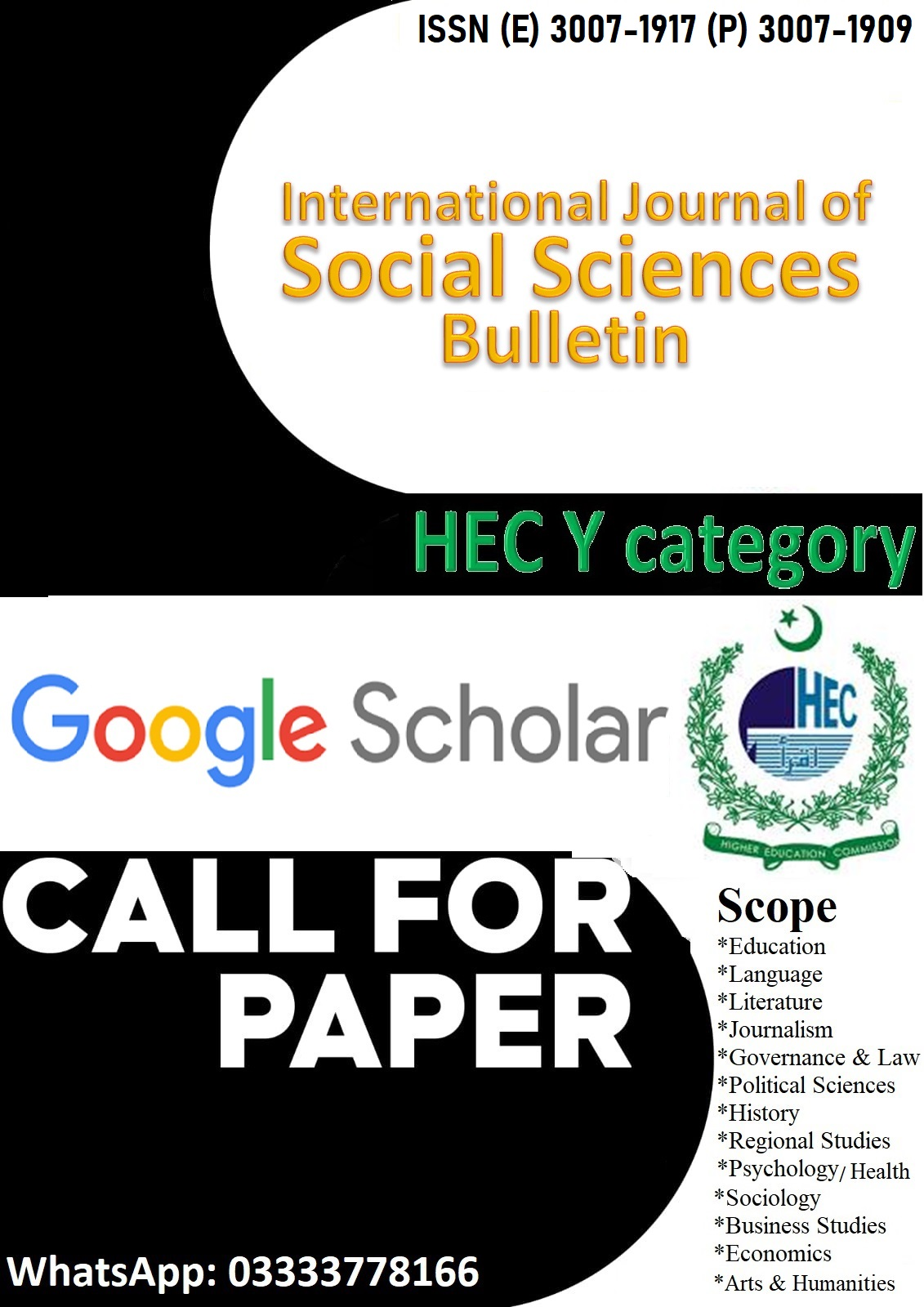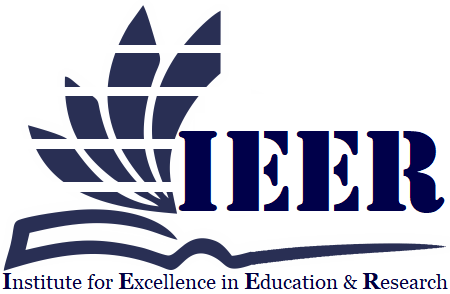AI-POWERED LINGUISTICS: THE DIGITAL TRANSFORMATION OF LANGUAGE AND TEXT ANALYSIS
Keywords:
AI-driven linguistics, digital revolution, text analysis, language learning AI, grammar check, pronunciation practice, multilingual AI, linguistics evolutionAbstract
The present research assesses the contribution of linguistics with AI to language learning and text analysis, underlining the digitalization of linguistic activity. Conducted through a survey of 37 respondents, the study investigates an extensive use of AI tools, especially by students and researchers. Evidence supports that 78.4% of the respondents have some experience with AI, with GPT models, Google Translate, and Grammarly being the most common tools. A whopping 35.1% of the participants use AI tools on a daily basis, evidencing their incorporation in language learning. Although AI is successful in supporting grammar correction and textual analysis, its weak areas in pronunciation improvement, contextual understanding, and idiomatic comprehension are issues that persist. Challenges cited by users include AI being unable to understand cultural sensitivities and be linguistically accurate for a variety of languages. The research concludes that although AI technologies transform language processing, they need to be improved in terms of adaptability, interactive learning, and multilingualism. Recommendations are given to improve AI-driven speech recognition, contextual awareness, and language support, particularly for Urdu and Pashto. These conclusions contribute to the broader discussion regarding the application of AI in linguistic development, which points towards its potential to bridge gaps in language learning and analysis through increased innovation.
Downloads
Published
Issue
Section
License

This work is licensed under a Creative Commons Attribution-NonCommercial-NoDerivatives 4.0 International License.

















